What Camera Lens To Buy
Choosing the best camera lenses becomes easier when you've been taking pictures for a while and y'all know what you're interested in, only if yous're but starting out, the sheer number of different lenses, brands and types can be bewildering, so that's where this guide tin help!
We reckon choosing the best lens unremarkably boils down to three things:
• Knowing the types of lenses that are out there
• Getting an idea of the things you similar to shoot
• Finding out what lenses are available for your camera
This is the arroyo that makes most sense to us, and nosotros hope it will for you also. We've broken down this guide into these three sections, so you lot can either jump to the section that you want or read the whole commodity. We'll keep it brief!
Then stick with us as we explain everything yous need to know near lenses, and give y'all links to loads of lens ownership guides which volition help you find the perfect lens for your next photographic adventure.
Types of lenses explained
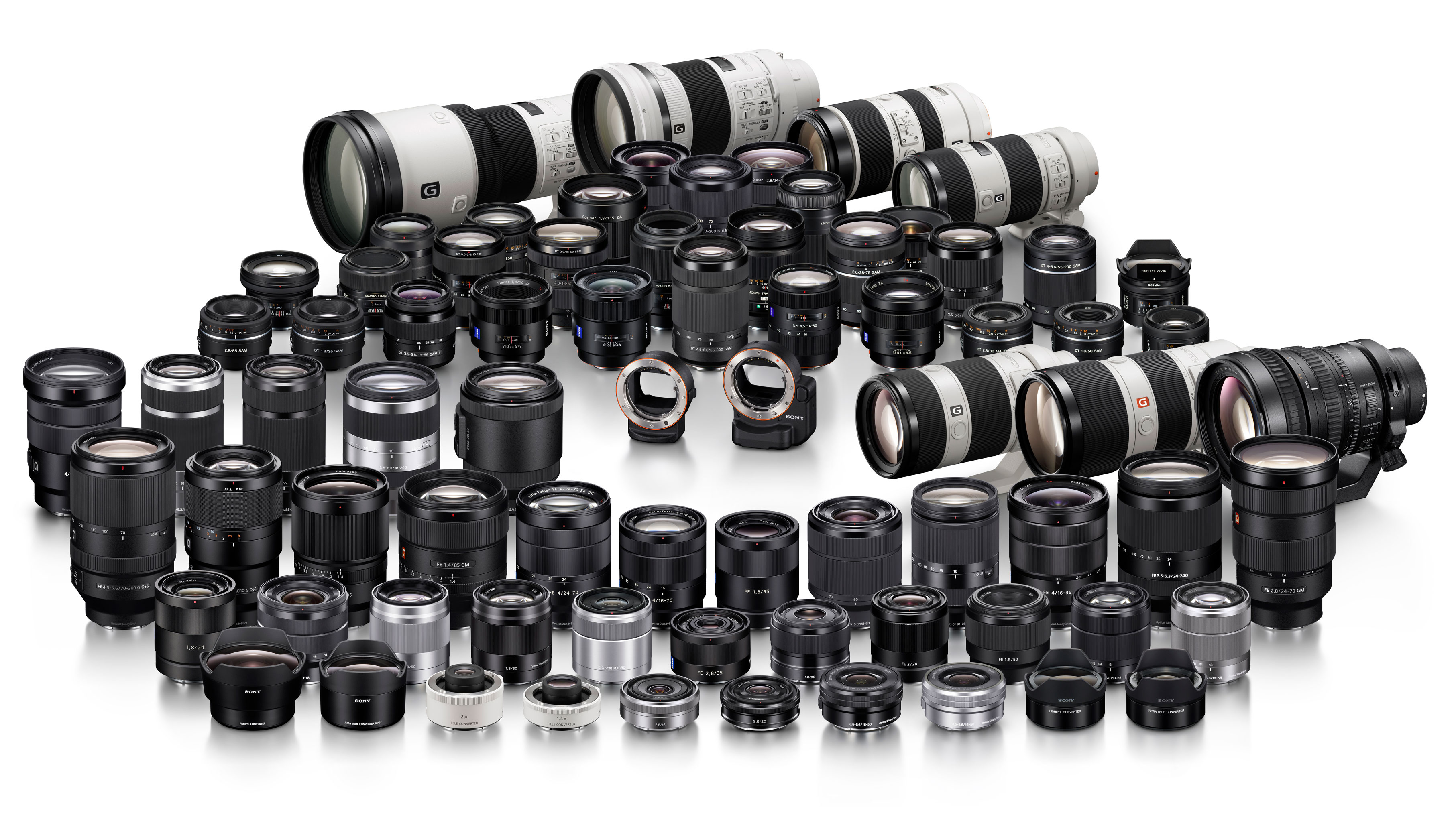
When you're choosing a lens, you're faced with a lot of jargon, and very often the offset matter you'll come across is lens types, for instance 'telephoto lenses', 'macro lenses', 'ultra-broad lenses' and more.
It's useful to explain ii $.25 of jargon straight away: focal length and maximum discontinuity.
First, the focal length. This is quoted in millimetres ('mm'). Basically, it tells y'all the lens's angle of view or 'magnification' (it'due south the same thing, really). The shorter the focal length, the wider the angle of view. The longer the focal length, the greater the magnification. Photographers apply the focal length to split lenses up into dissimilar categories. It gets more complicated when y'all take cameras with different sensor sizes, so very often we talk about 'effective' focal lengths for these, but to continue the comparisons the same.
• Accept a look at this: Crook sheet: Focal lengths (opens in new tab)
Second, the maximum aperture tells you the lens'due south low-cal-gathering power. A smaller number means a wider aperture – the smaller the number the more light you get, which is a big reward for many kinds of photography. A wide maximum aperture volition permit you utilize a faster shutter speed, which is very of import for depression light and action photography, and give you more pronounced groundwork blur to help your field of study stand out for portrait shots, for case.
• More info: What is aperture on a camera? (opens in new tab)
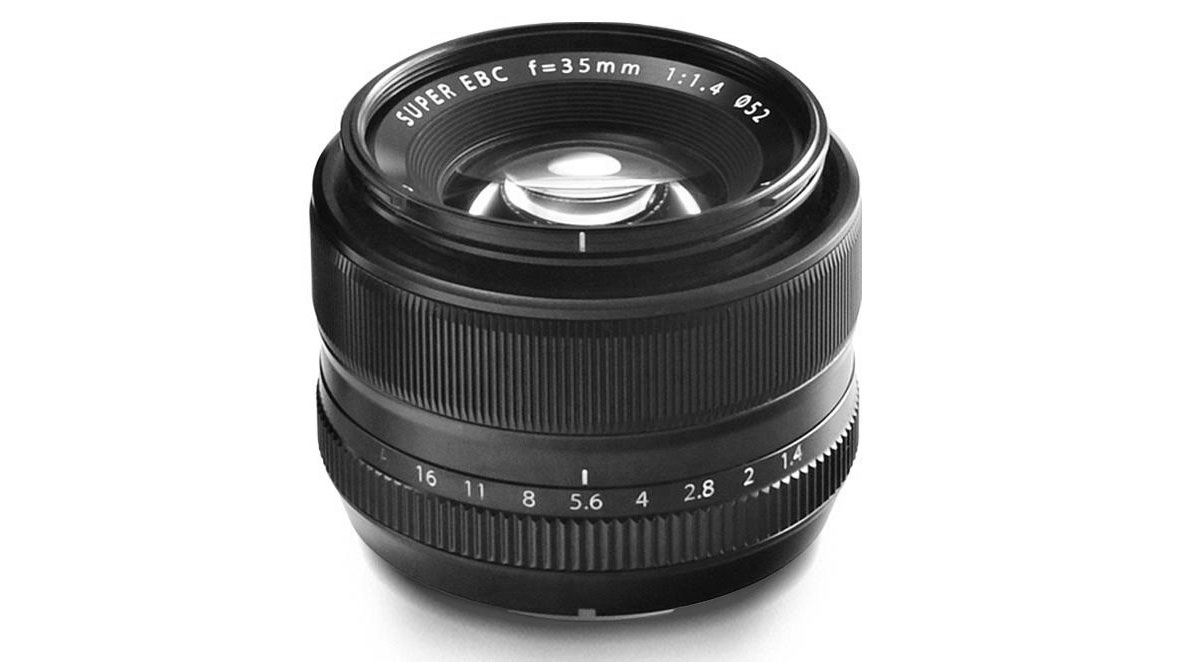
Zoom lenses vs prime lenses
We all know what a zoom lens is. You turn a ring on the lens to change the magnification and this makes zoom lenses very versatile because you can change the framing of the picture without having to alter your position. The flexibity of zoom lenses means they're the nigh popular type, and the 'zoom range' – the magnification range, in other words, is some other selling betoken.
So called 'prime' lenses don't zoom. They have a fixed focal length and a fixed angle of view. This makes them more restrictive in one sense, but prime lenses take some advantages of their own – and they are actually making a bit of a comeback. Prime lenses are smaller and lighter than zooms, they usually have a wider maximum aperture and hence light-gathering power, and it's possible to make more specialized lenses for close up 'macro' photography and 'fast' (broad aperture) 'portrait' lenses. Ultra-wideangle prime number lenses typically take less baloney than zooms too.
In well-nigh of the lens categories below you can choose between zoom and prime lenses, simply some categories are almost exclusively made up of prime number lenses.
• Want to know more? Come across: What is a prime lens?
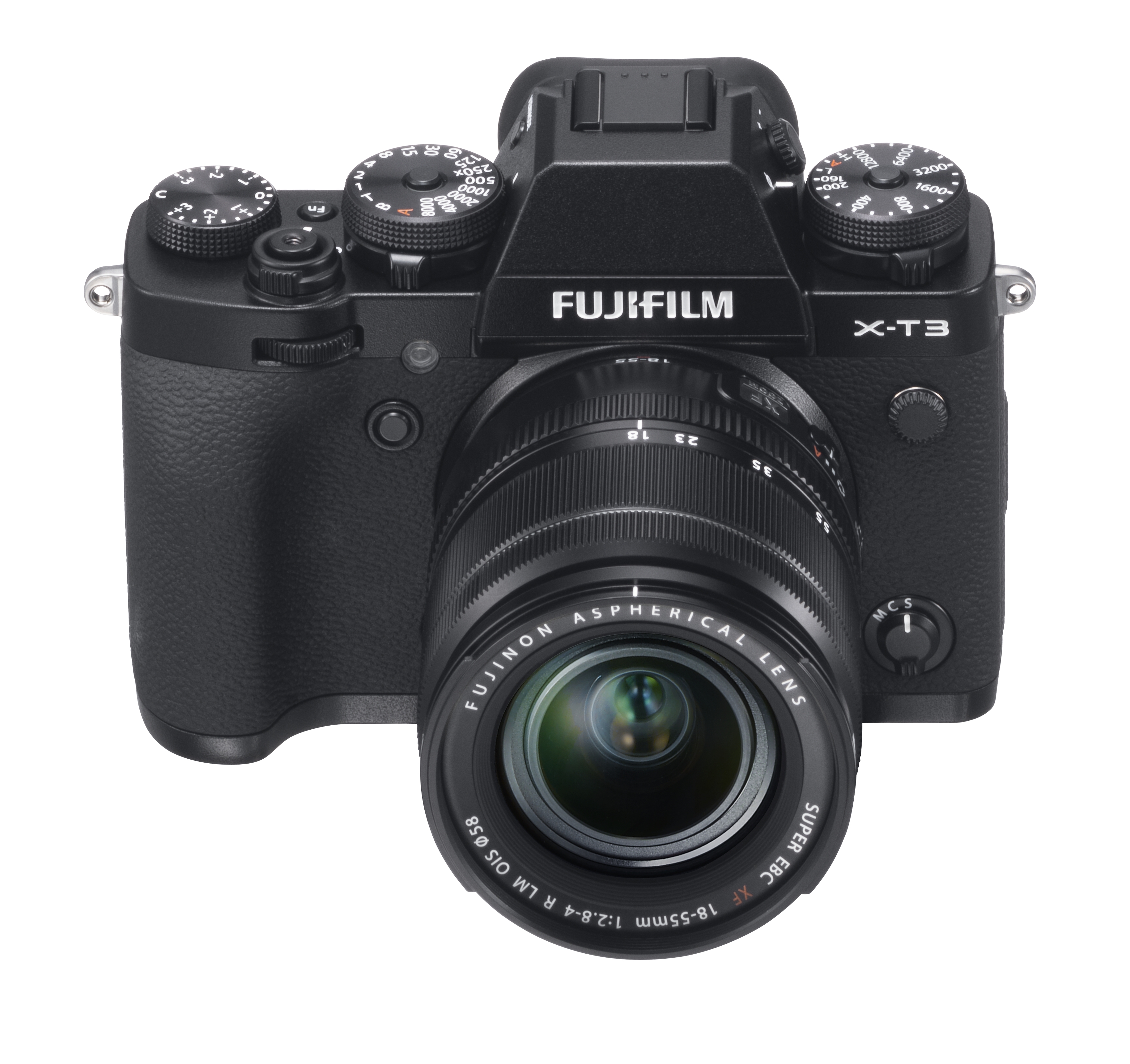
Standard or 'kit' lenses
Every photographer needs a standard zoom lens for everyday all-round photography. Almost cameras are sold with an inexpensive 'kit' lens, merely some tin can exist bought 'body only' for people who already accept a lens or want to choose a amend quality lens separately. Kit lenses typically accept a 3-5x zoom range that goes from a wideangle view to a balmy telephoto effect, but an even longer zoom range tin can be useful when you demand actress versatility – every bit in travel photography, for instance. Cheaper lenses have a variable maximum aperture (it goes down when you zoom in) simply more expensive ones take a fixed maximum aperture that doesn't change.
• Read more: All-time standard zoom lenses (opens in new tab)
At that place are a couple of special lens types that could be useful here too, depending on your fashion of photography. One is a 35mm (or equivalent) prime lens that's small and inconspicuous and has the classic semi-broad bending of view loved past generations of photojournalists.
• See also: Best 35mm lenses for street photography (opens in new tab)
The other category is ultra-compact 'pancake' lenses designed to be every bit minor and slim as possible to make your camera easy and low-cal to both deport and to pack.
• See: All-time pancake lenses (opens in new tab)
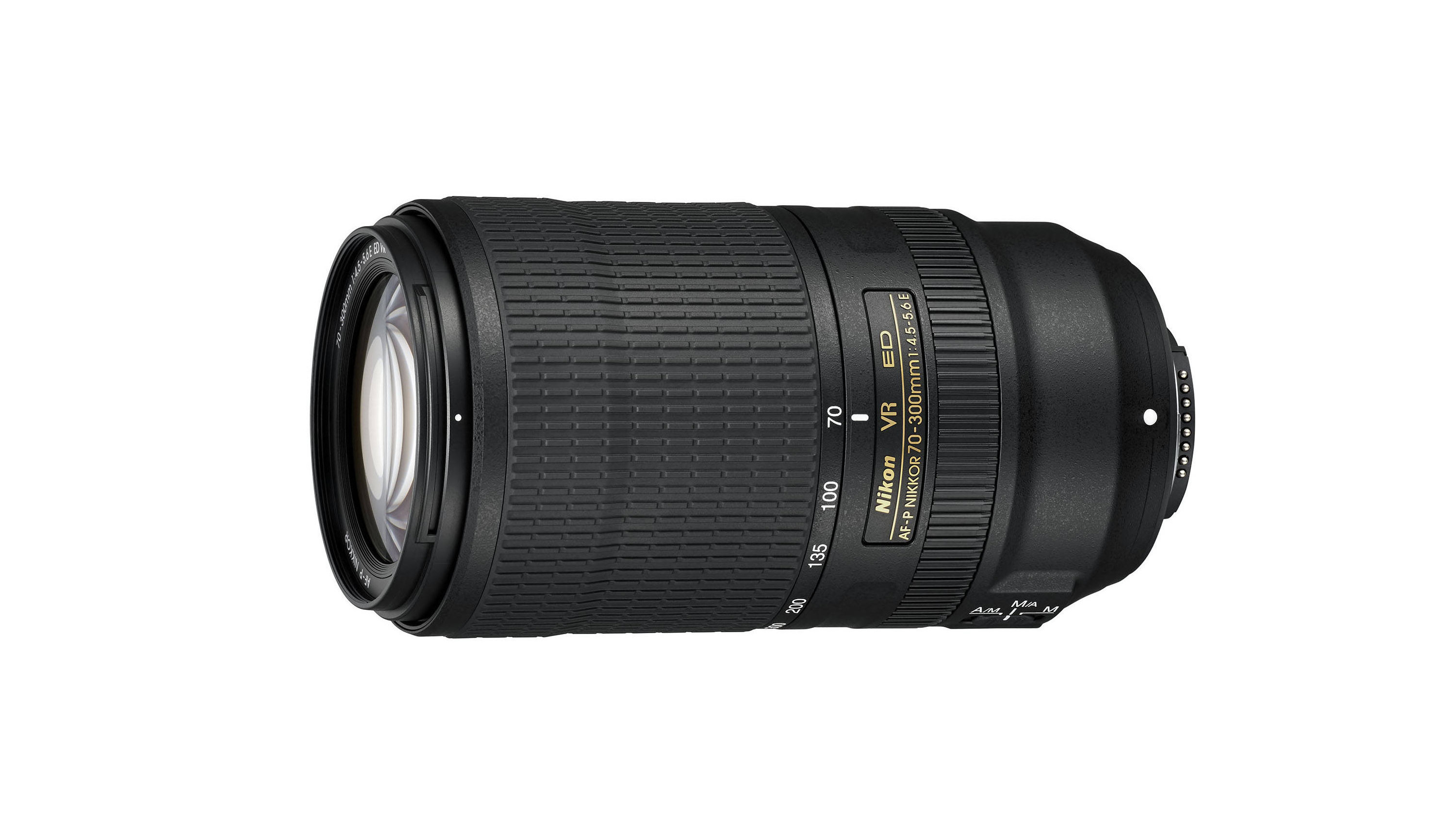
Telephoto lenses
A telephoto is usually the first choice for anyone ownership their commencement extra lens. They permit you zoom in on distant subjects and are ideal for sports or wildlife photography. Equally with standard lenses, cheaper lenses have a variable maximum discontinuity, and it'southward the price you pay for low cost and light weight. Pro or enthusiast photographers might go for a heavier and more than expensive seventy-200mm lens with a abiding f/2.8 aperture.
• Read more: All-time telephoto lenses (opens in new tab)
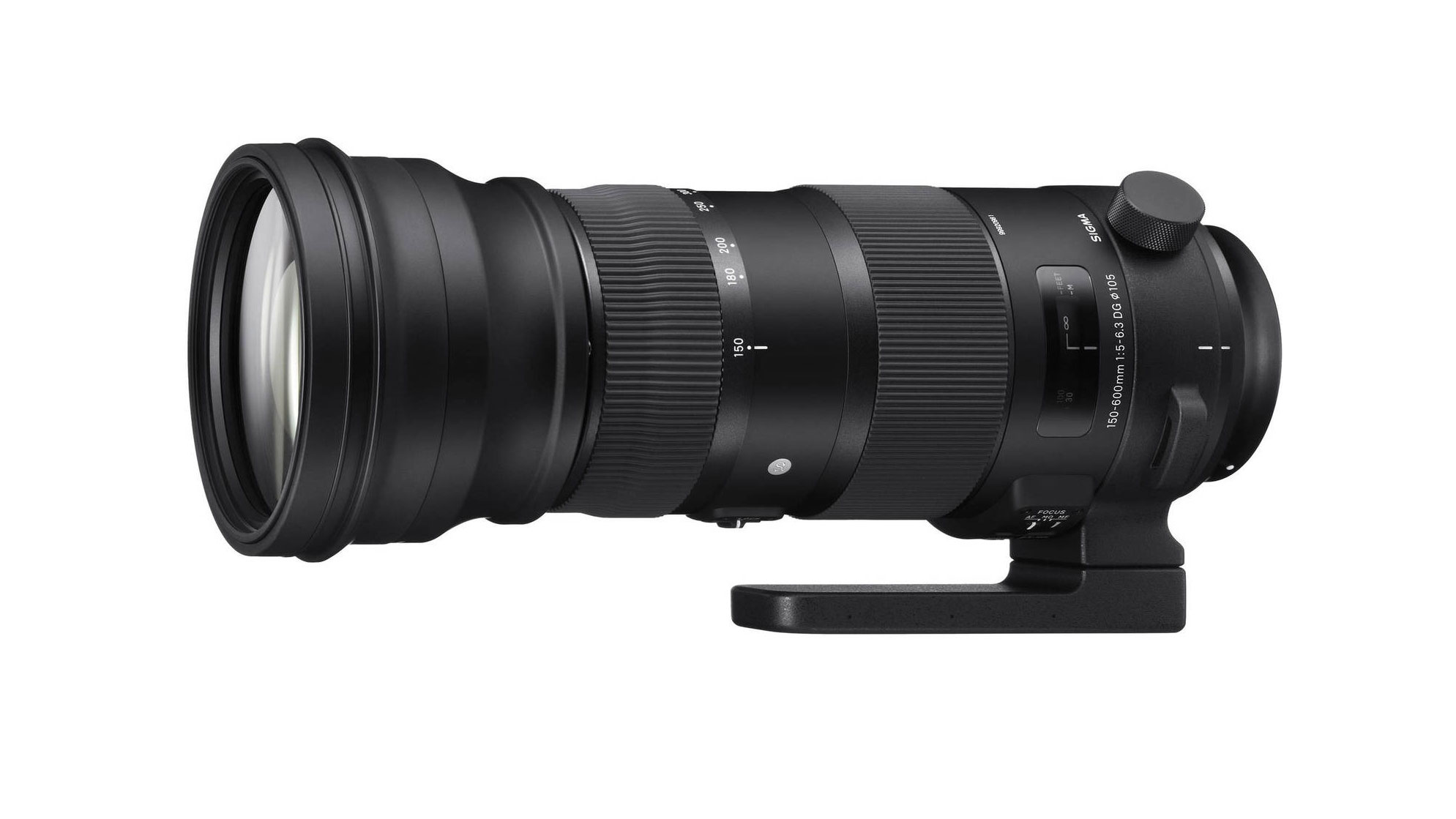
Supertelephoto lenses
These have a much longer range than regular telephotos – and are much larger. These are typically in the range 150-600mm and are best for really long-range photography, similar bird photography or some field sports where yous can't get close to the action.
• Read more than: Best 100-400mm lenses (opens in new tab) | Best 150-600mm lenses (opens in new tab)
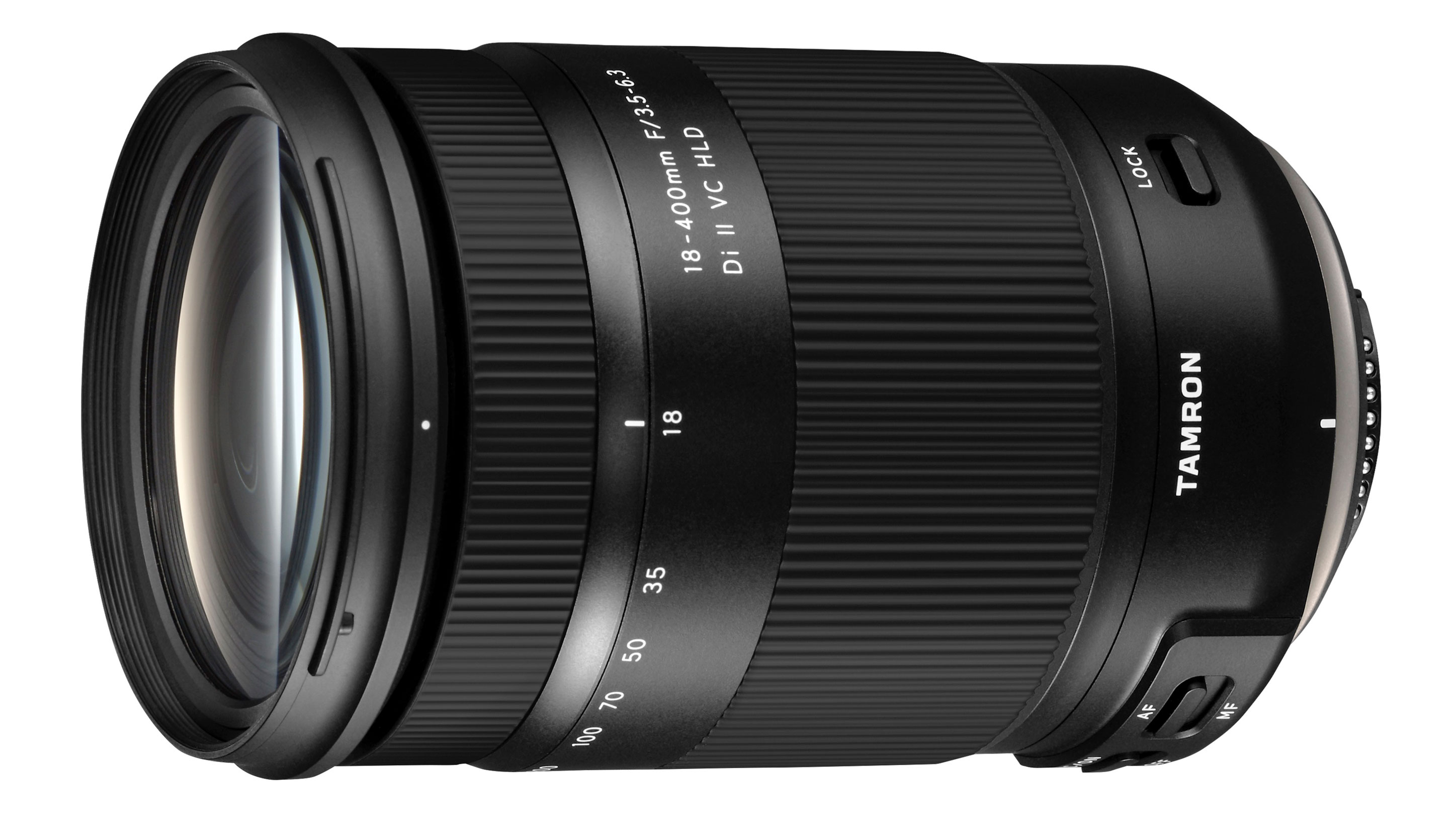
Superzoom lenses
These are like a combination of a standard zoom and a telephoto, combined into a single lens. A superzoom lens will do the job of both, offering a wideangle view at one finish of the zoom range and a powerful telephoto issue at the other. They audio ideal but nosotros don't recommend them that oft because they tend to be large and heavy and sometimes expensive, and the extra zoom range unremarkably means some loss of sharpness at full zoom and a good deal of wide-angle baloney. They are OK if you definitely only have the space (or the fourth dimension) for a unmarried lens, but as a rule we'd recommend using separate lenses for best results.
• Read more: Best superzoom lenses for Canon cameras (opens in new tab) | All-time superzoom lenses for Nikon cameras (opens in new tab)
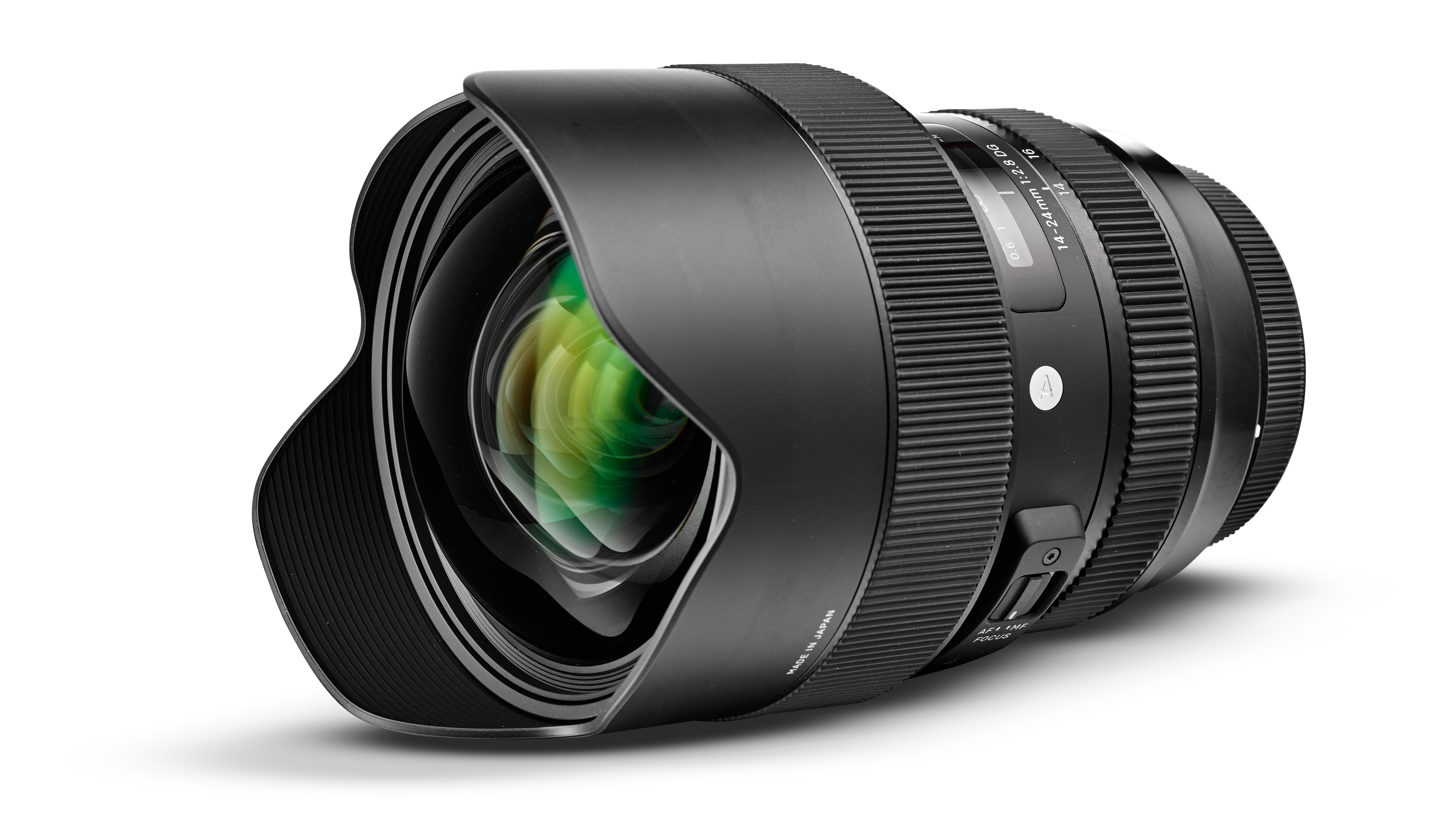
Ultra-wideangle lenses
If you're interested in travel and mural photography, an ultra-wideangle could bear witness much more than useful than a telephoto. They offering a much wider angle of view than a regular standard zoom and they are bully for interior shots, wide landscapes and tall buildings. An ultra-wideangle zoom (opens in new tab) will give you a little more flexibility, but it's also possible to get ultra-wideangle prime number lenses – these may give y'all a wider maximum aperture, better edge to edge paradigm sharpness and less distortion.
• Detect out more than: The best wide-angle lenses (opens in new tab)
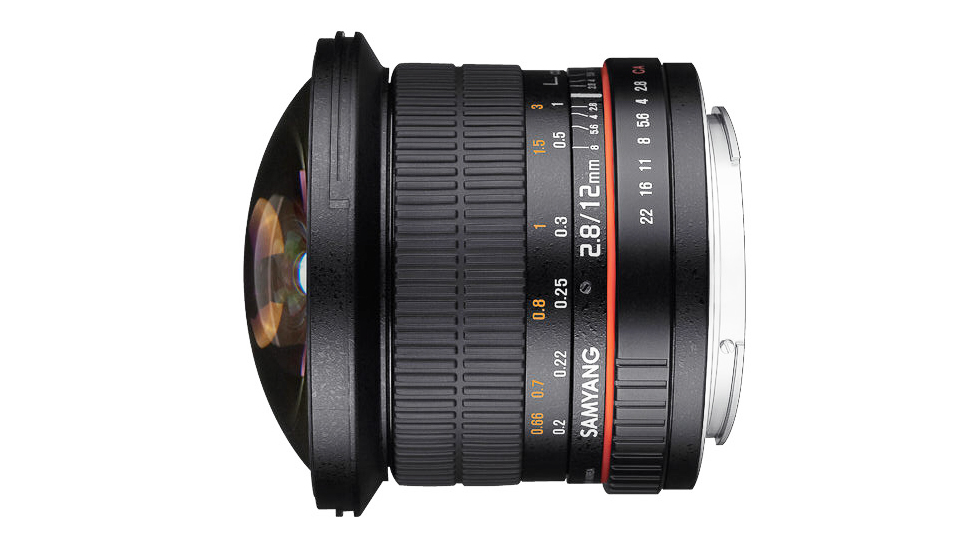
Fisheye lenses (opens in new tab)
These are a special instance! Fisheye lenses capture an even wider angle of view than ultra-wideangle lenses, but give up on attempting to render straight lines as direct. As a result, yous get a very strong curved baloney issue near the edges of the frame that'southward all part of the feature 'fisheye' consequence. Most fisheye lenses are prime number lenses, but at that place are a couple of fisheye zooms.
• Encounter too: All-time fisheye lenses (opens in new tab)
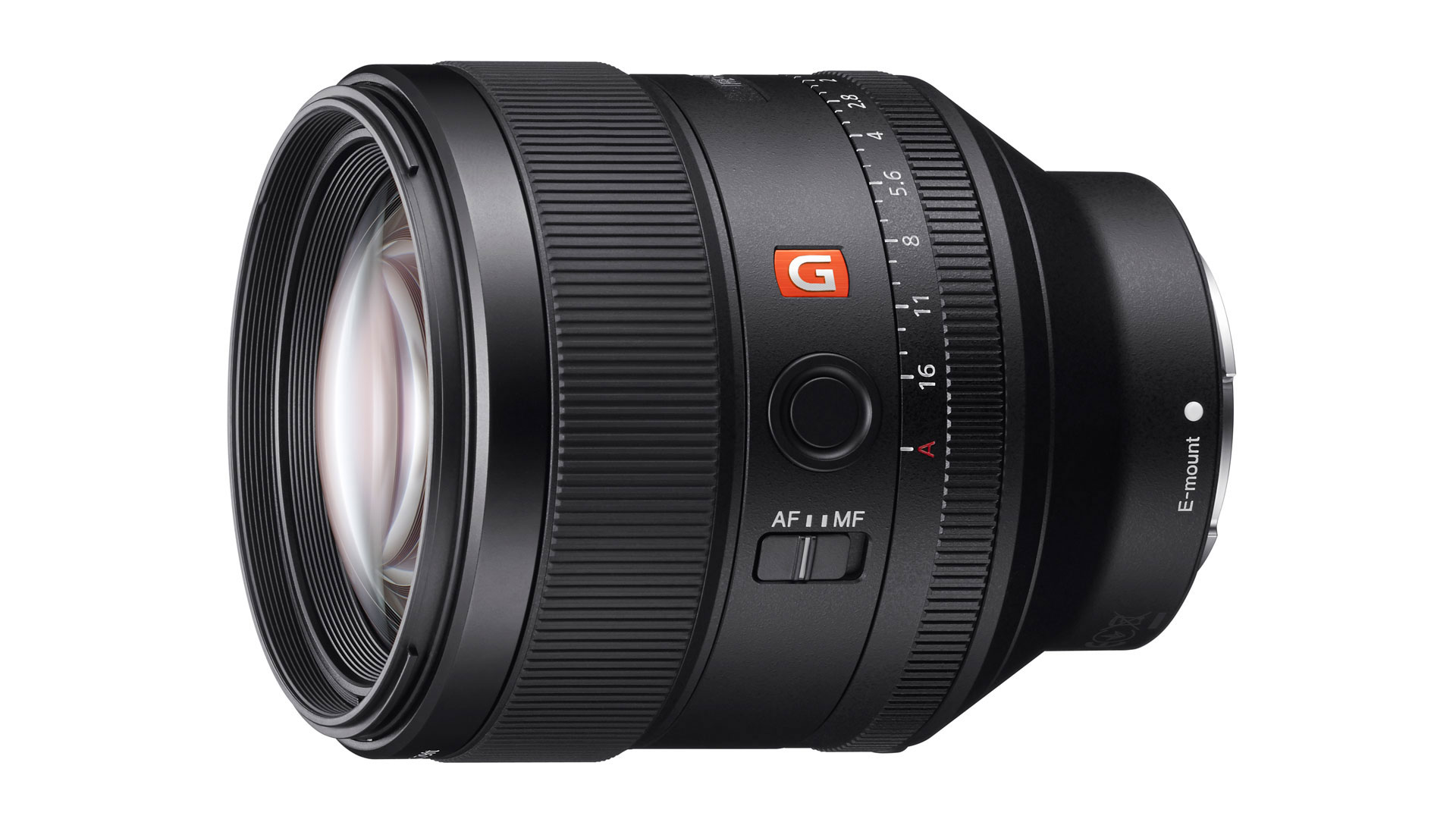
Portrait lenses (opens in new tab)
These are prime lenses with a focal length of 85mm or thereabouts which take a maximum aperture of f/1.viii, f/1.four or even f/1.2. The longer focal length ways you lot stand further back and this makes faces looking more than natural. The wide maximum aperture produces very shallow depth of field so that y'all can throw the background completely out of focus.
• Read more: Best lenses for portraits (opens in new tab)
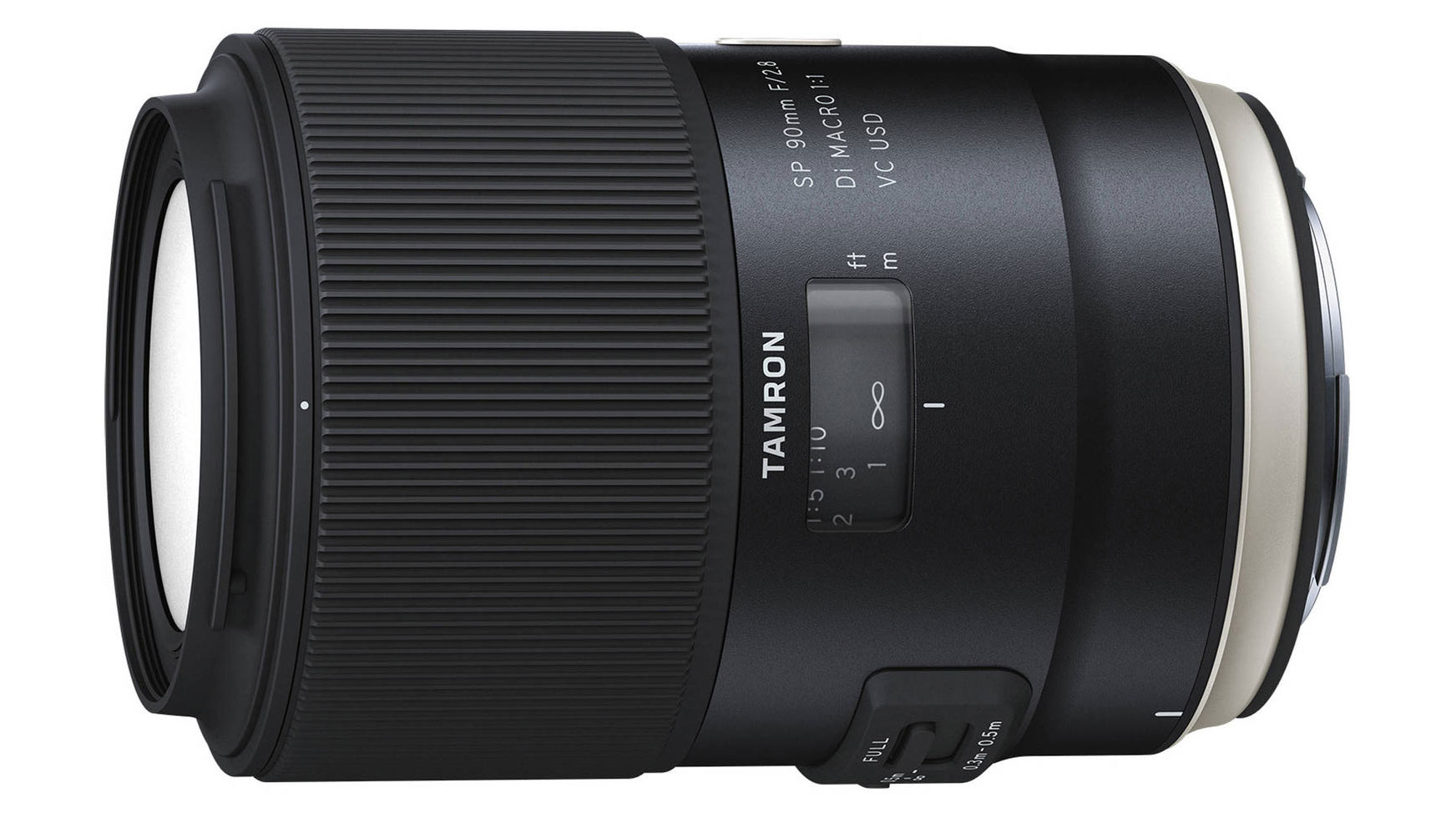
Macro lenses (opens in new tab)
Macro lenses are fabricated for ultra close up photography. These are invariably prime lenses – you don't demand a zoom hither because you change the size of the subject simply by moving closer or further abroad. A prime lens besides gives the best quality for detailed subjects at ultra-close distances. Macro lenses come in different focal lengths – generally, a longer focal length is better because it means you don't accept to go quite so shut to your subject and mayhap scare it away or encompass it with your own shadow.
• Read more:Best macro lenses (opens in new tab)
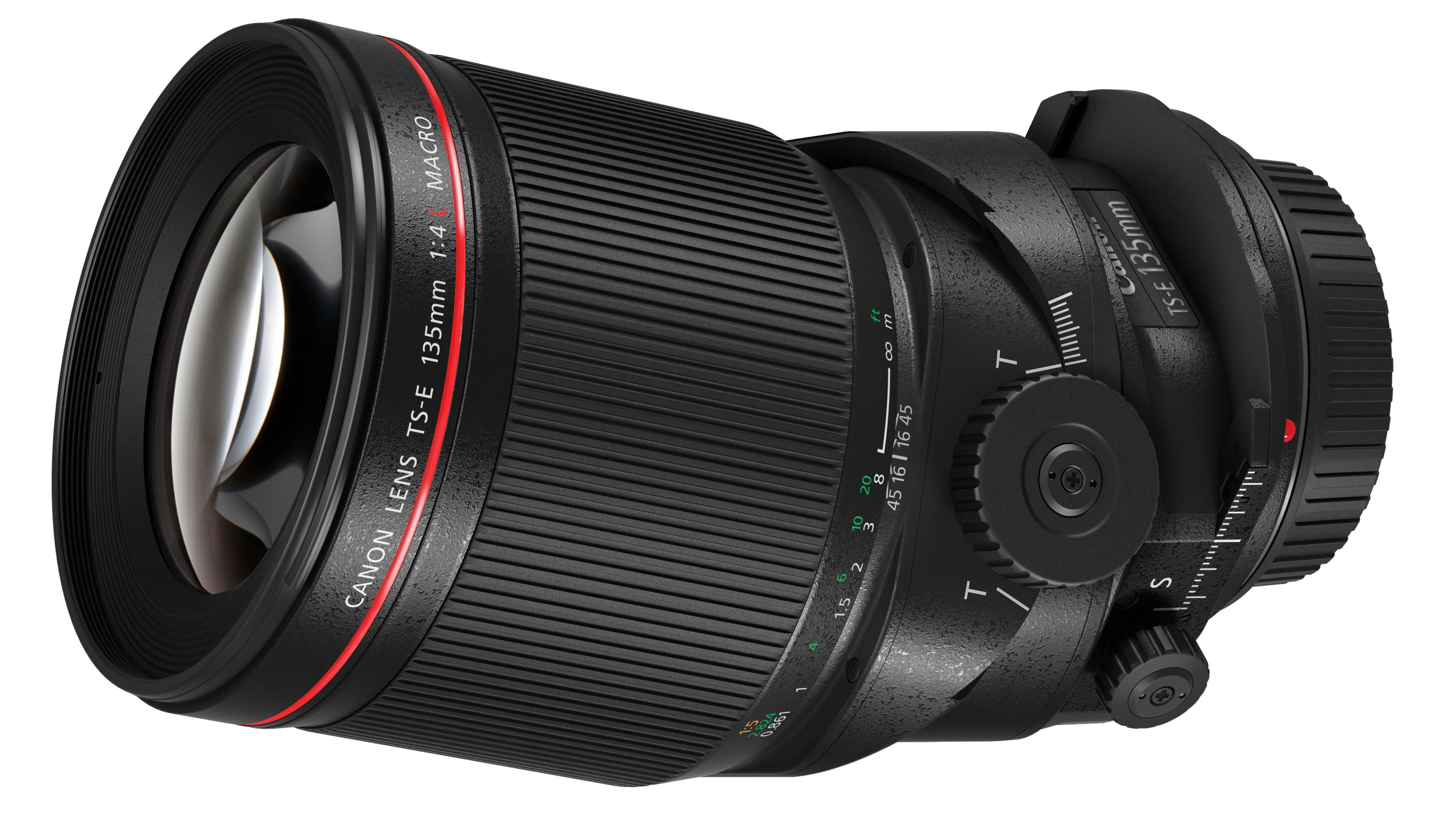
Tilt-shift lenses (opens in new tab)
These are a special case! They are used mainly by commercial and architectural photographers. They have complex adjustments which enable you to shift the lens vertically or horizontally relative to the camera and this can be used to capture alpine buildings, for example, without having to tilt the camera and innovate converging verticals. The tilt movement is used to control the airplane of sharp focus with nearby objects – it's peculiarly useful where your discipline is on an angled aeroplane rather than perpendicular to the photographic camera. Tilt-shift lenses are expensive and circuitous to employ, so they are rather specialized.
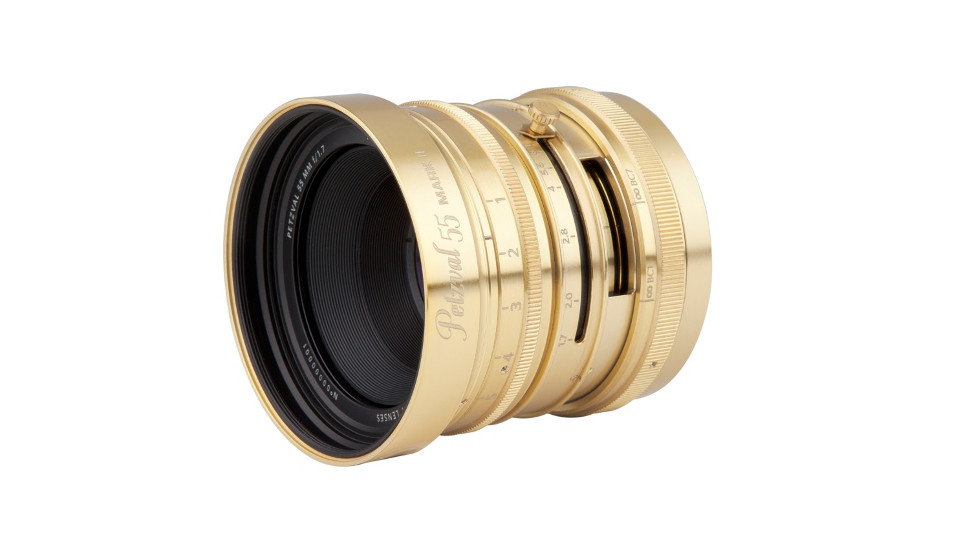
Retro & 'art' lenses
Modern lenses are designed to be as sharp as possible, distortion complimentary and with even effulgence across the whole frame. That's adept from a technical standpoint, merely information technology does mean they take lost the 'character' of old lenses and the way they render images. Companies like Lomography and Lensbaby are experimenting with the re-introduction of older lens designs to recreate this softer, less perfect but some might say more characterful looks. Lomography has brought back an quondam Petzval lens pattern with 'swirly' bokeh and Lensbaby makes the excellent Lensbaby Trio – three lenses with three different 'looks' on a rotating turret.
• Try this:Best Lensbaby and Lomo lenses (opens in new tab)
What do you similar to shoot?
This is another practiced starting point for choosing lenses considering it helps yous work out which types of lenses are going to be about useful.
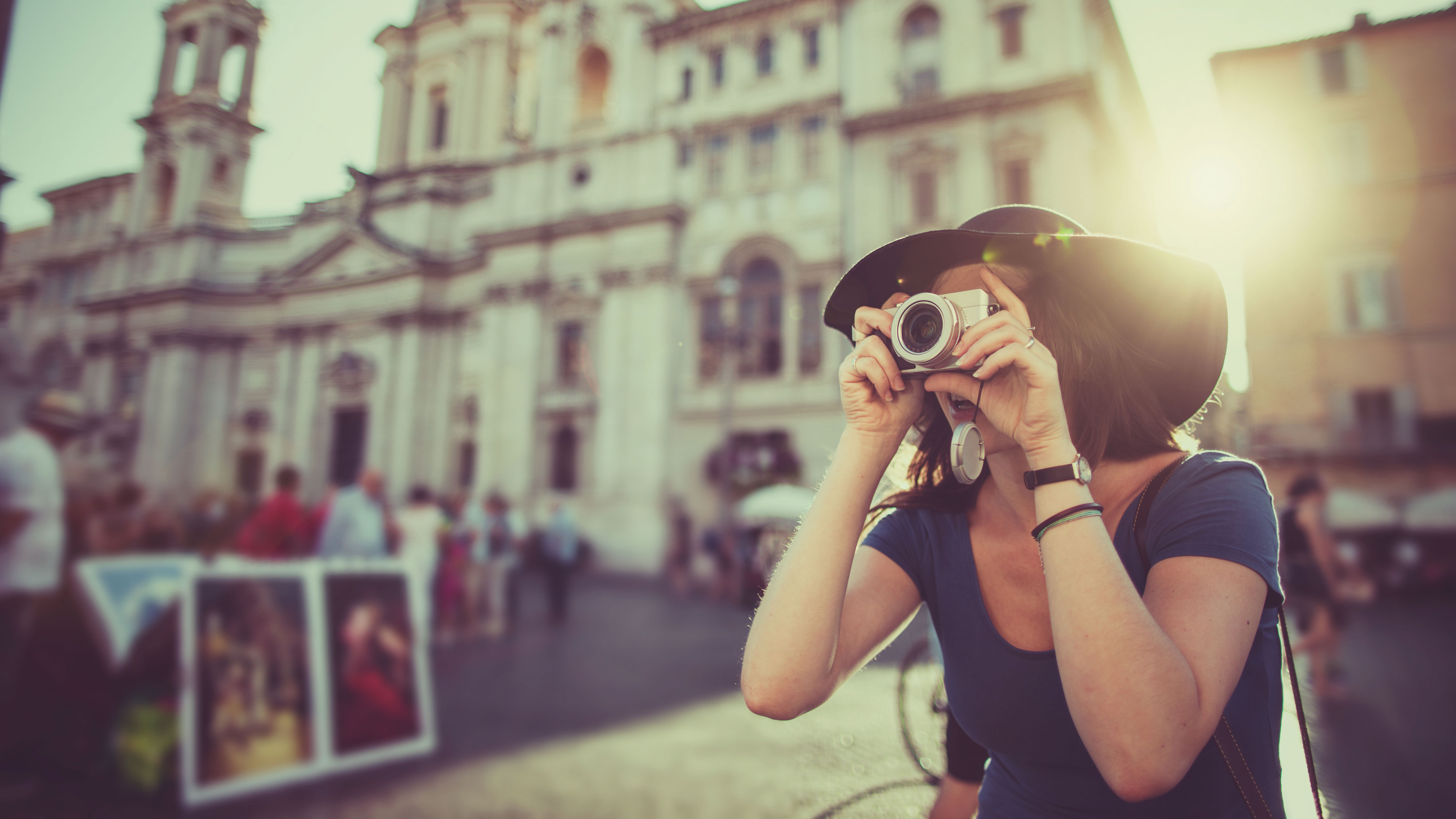
Lenses for travel photography
When you're travelling with a photographic camera it'south good to accept a setup that's lite and portable but also covers just most every eventuality. We recommend taking 2 lenses in particular. First, a long-range standard zoom or superzoom lens will let you shoot everything from wide-bending street scenes and scenic views to distant buildings, boats, people and other faraway subjects.
• Endeavour this guide: Best lenses for travel (opens in new tab)
Very oftentimes though you'll be in a narrow street, in forepart of a tall edifice or in an amazing interior that your lens tin't capture because its angle of view isn't wide enough. For this we recommend an ultra-wideangle zoom or prime lens equally a 2d lens. This will let you get a lot more into the frame and is really useful when visiting cities and monuments.
• Come across: The best wide-angle lenses (opens in new tab)
Finally, some travel photographers bask street photography, or casual candid shots of city life and characters. The best type of lens for this is a compact 35mm (or equivalent) prime number lens.
• Read more: Best 35mm lenses for street photography (opens in new tab)
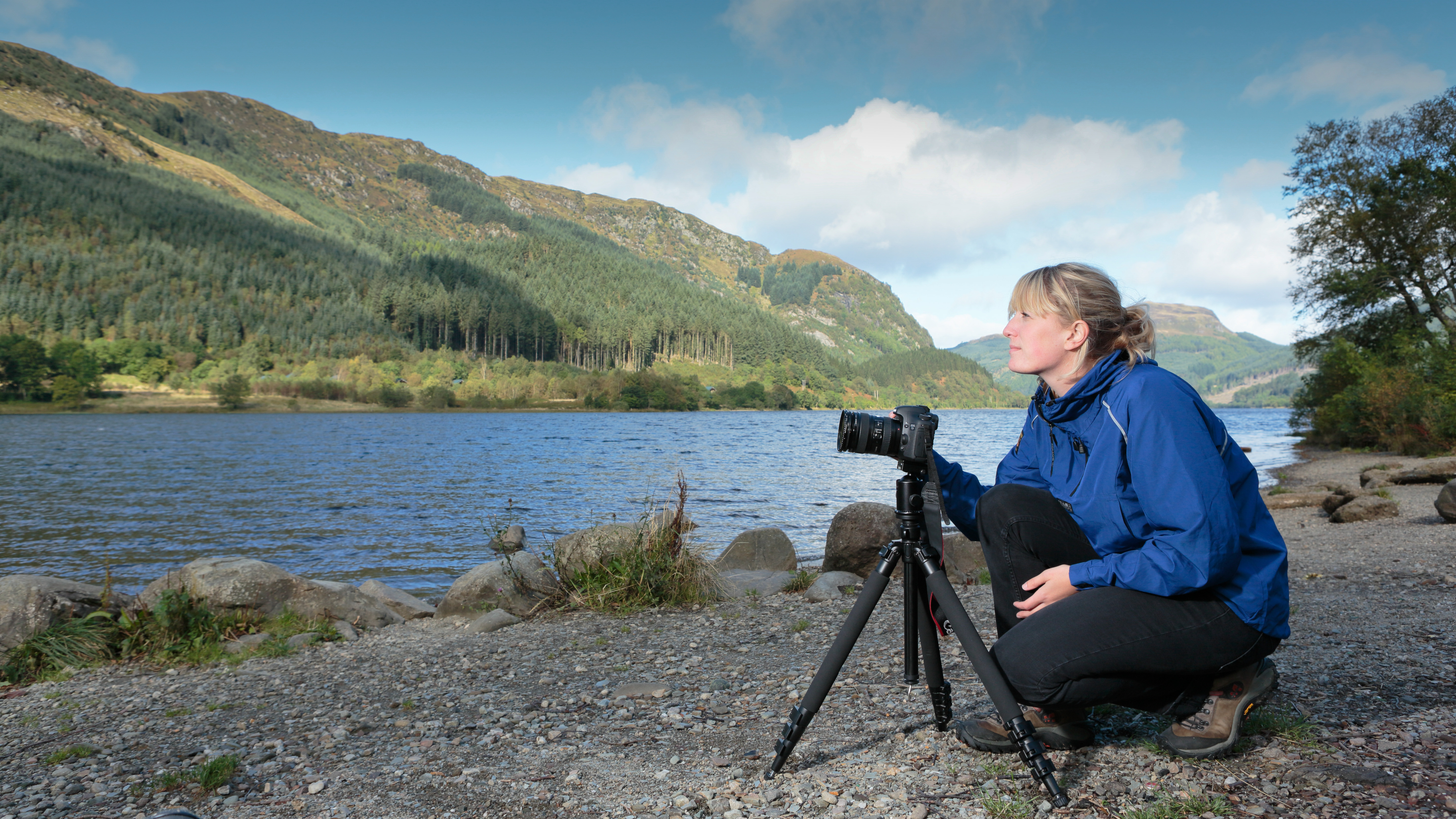
Lenses for landscapes (opens in new tab)
Landscapes are one of the most popular subjects for photography, and for this we'd recommend a similar set up of lenses to those you'd use for travel. An ultra-wideangle lens is especially useful for capturing big, scenic vistas.
• Read: The best lenses for landscapes (opens in new tab) | Best wide-angle lenses (opens in new tab)
Very often, however, the details of a scene tin be but as fascinating, and zooming in with a standard zoom lens tin can be very effective.
• See: Best standard zoom lenses (opens in new tab)
You can even use a telephoto zoom for more afar subject, and what works actually well here is that this has the effect of compressing perspective and making the background much bigger and more imposing. This works particularly well with mountains!
• Take a look at: All-time telephoto lenses (opens in new tab)
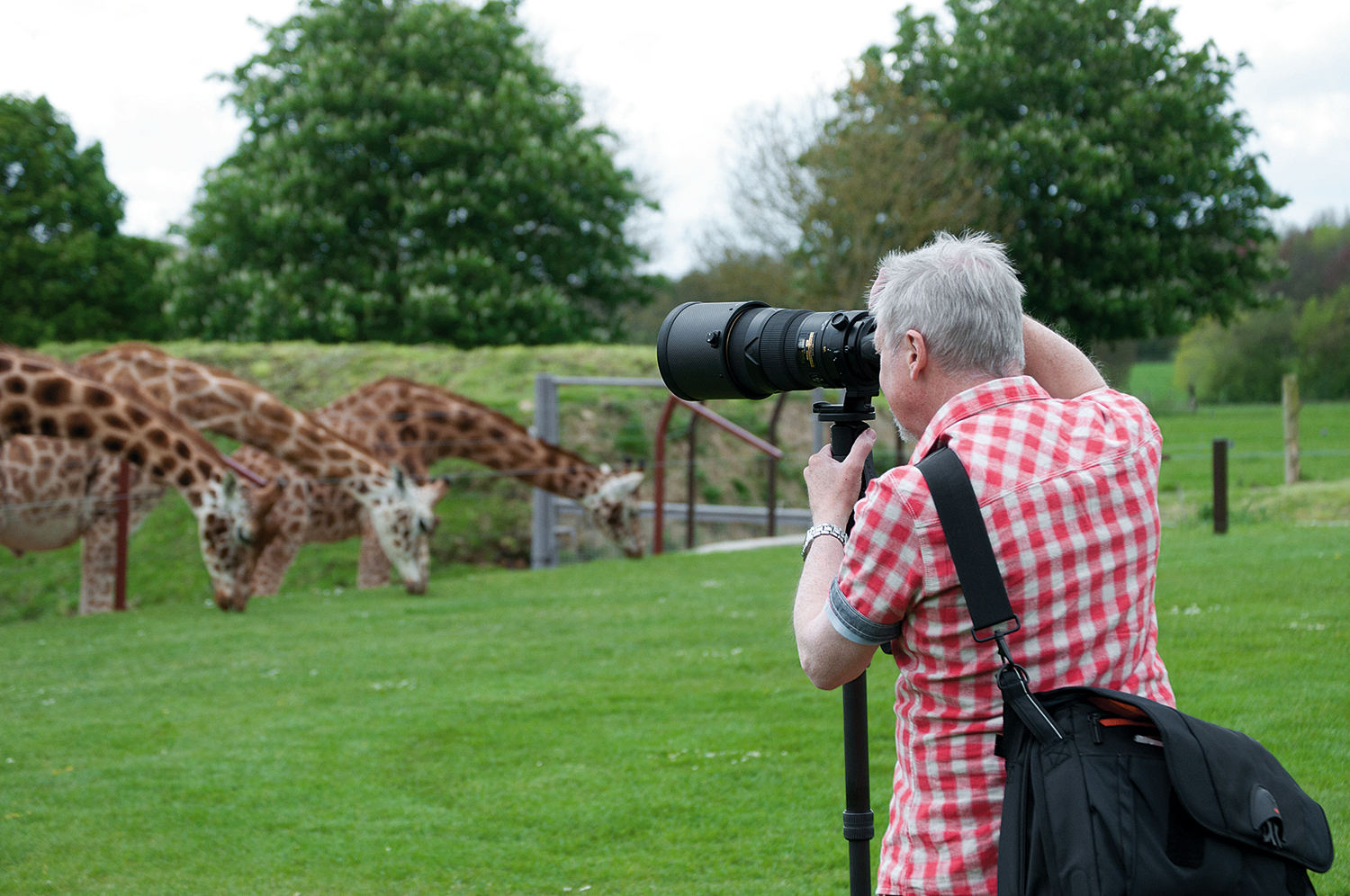
Lenses for sports and wildlife
For both sports and wildlife, what you demand is a telephoto lens, because you lot'll commonly be some way away from your subjects. We usually split these into ii groups: regular telephoto zooms that pick up where your regular standard zoom leaves off and offer 3-4x more than magnification, and what we call 'supertelephotos' which are twice the size and offer upward to twice the magnification.
• See: Best telephoto lenses (opens in new tab)
A regular telephoto will be fine for pets, domestic animals, motorsports and many other kinds of sport, but for wildlife, bird and aviation photography information technology's likely you lot'll need the extra magnification of a supertelephoto lens.
• Endeavour these: Best 100-400mm lenses (opens in new tab) (longer range) | Best 150-600mm lenses (opens in new tab) (even longer!) | Best lenses for bird photography (opens in new tab)
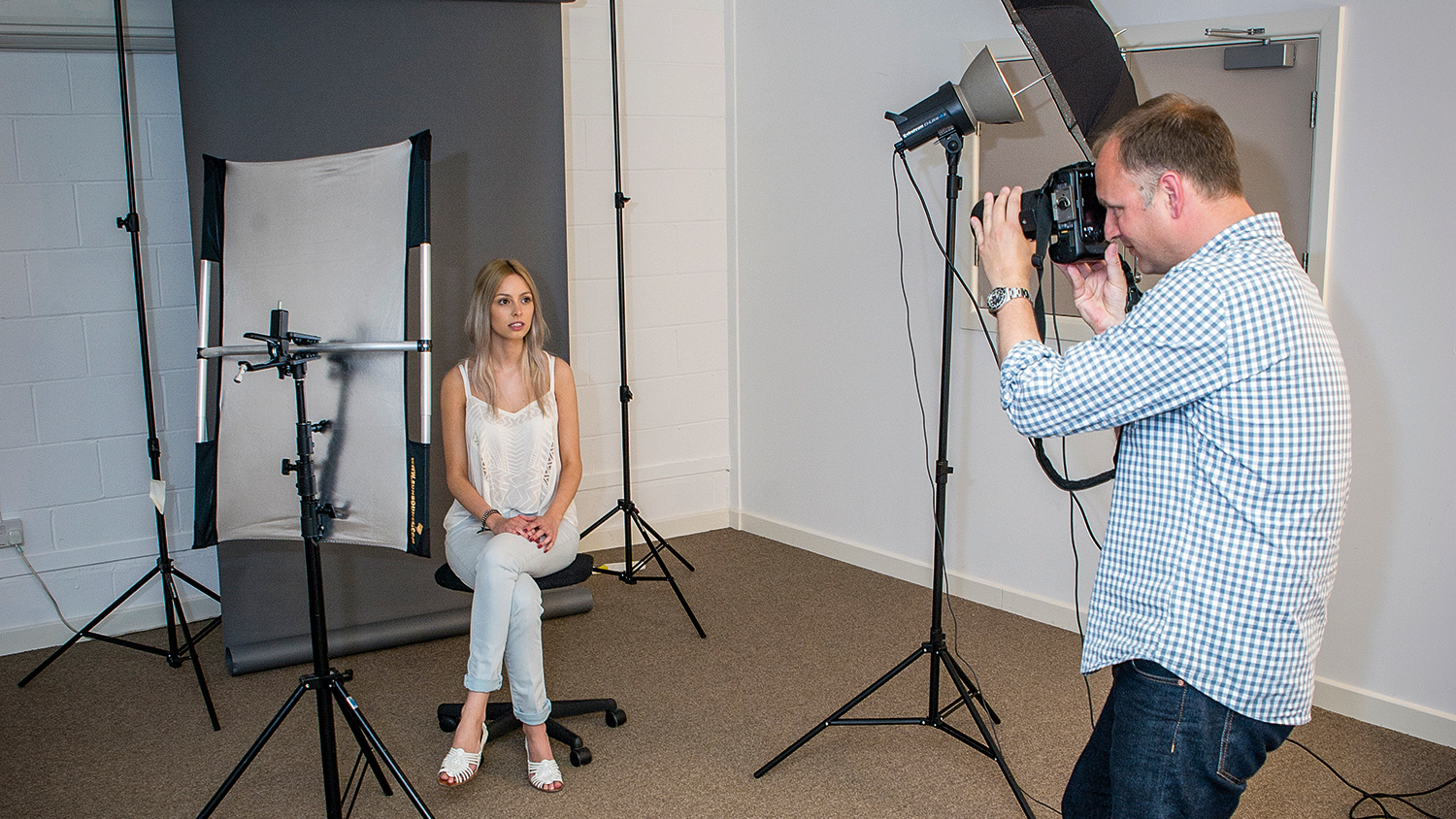
Lenses for portraits
If you like taking pictures of people, y'all'll probably have heard well-nigh 'portrait' lenses. These accept ii properties that brand them ideal for people shots. First, they have a slightly longer focal length for a pocket-size telephoto issue. This means you stand up a little further away, and this avoids whatever unflattering wideangle distortion from standing too close. Second, 'portrait' lenses have a broad maximum discontinuity which tin can be used to create very shallow depth of field – and then that your subject'due south fact is sharp merely the background is blurred.
• More info: Best portrait lenses (opens in new tab)
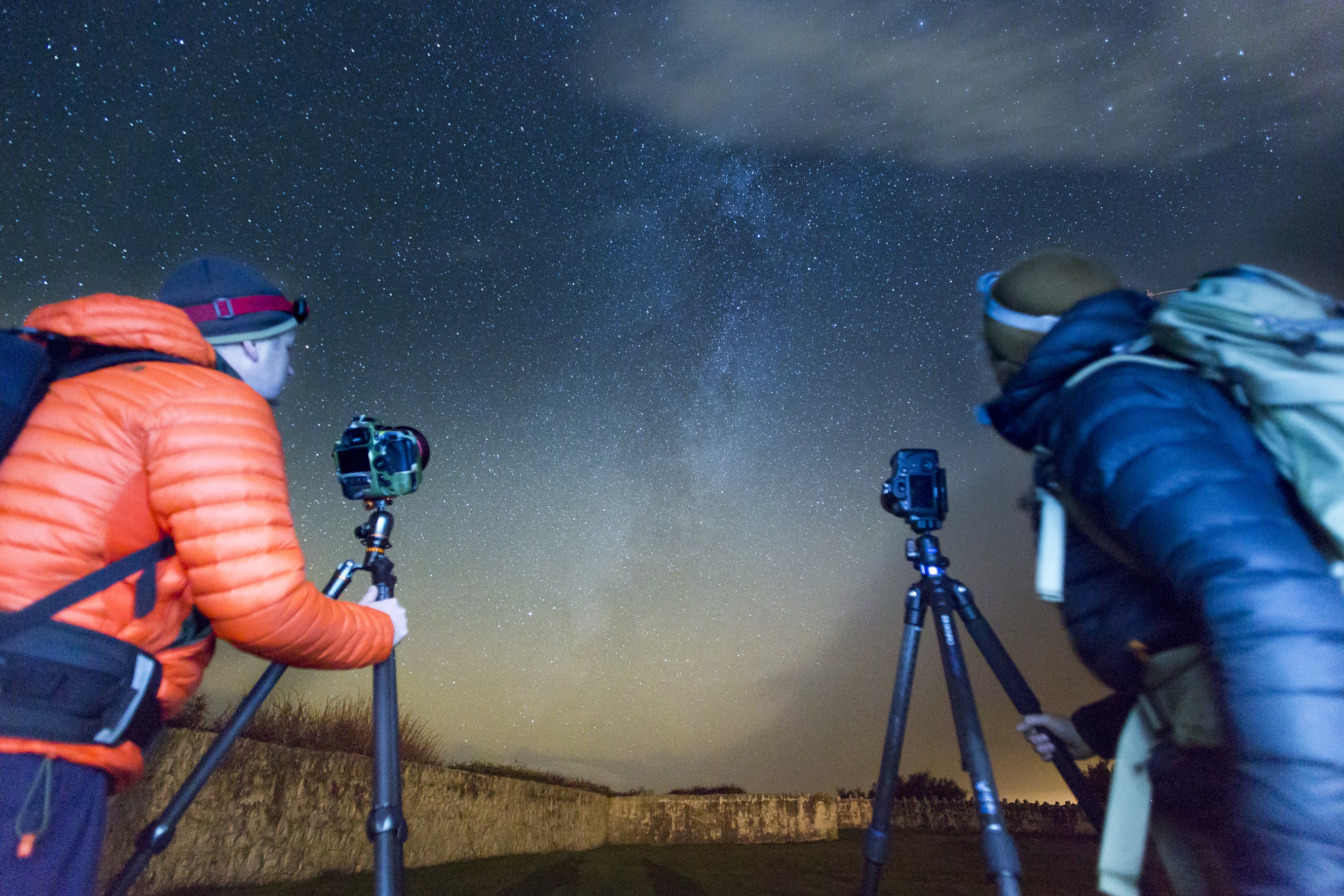
Lenses for astrophotography (opens in new tab)
Capturing the night sky in all its beauty can be a challenge, but it becomes a lot easier with the right lens. If you want to photograph the moon, planets or angelic objects similar nebulae, so yous're into more specialized territory with telescope adaptors, equatorial mounts and more – what nosotros're talking nearly here is wide-angle views of the night sky capturing whole constellations, perchance even the Milky Way and elusive phenomenae like the aurora borealis. For this you lot need an ultra-wideangle lens to get a broad enough bending of view and, ideally, a fast maximum aperture so that you can use short exposure times – the sky is constantly turning, and if the exposure is more than a few seconds, stars no longer appear every bit pinpoints of light but equally brusk 'trails' instead.
• More info: All-time lenses for astrophotography (opens in new tab)
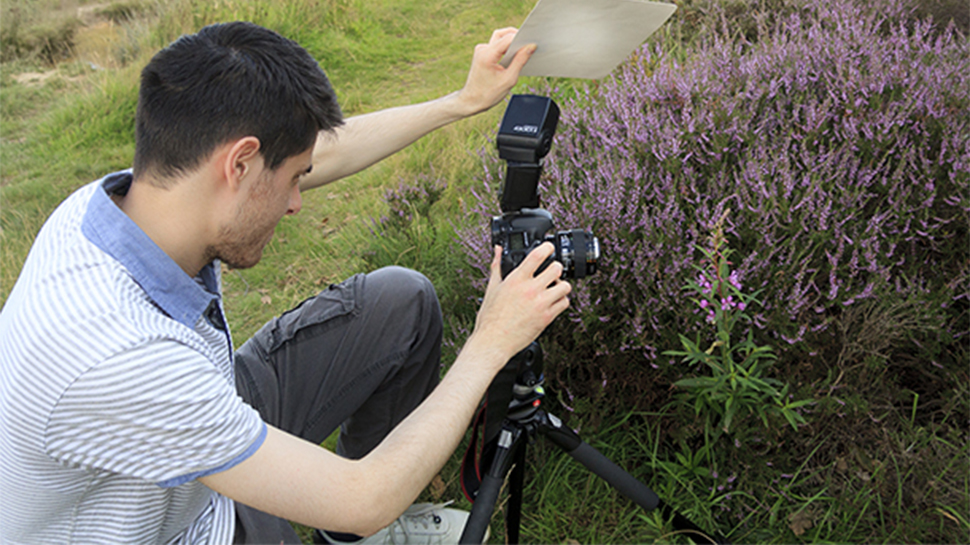
Lenses for shut-ups and nature
If you are fascinated by details, tiny objects similar insects or microscopic textures and patterns, you need a lens that can focus much closer than normal – a 'macro' lens. The definition of a macro lens is one that can reproduce a tiny object at life size on the photographic camera sensor, so an insect might almost fill the whole frame. Regular lenses just don't focus shut enough to exercise this.
• Find out more: Best macro lenses (opens in new tab)
Lenses for filmmaking and vlogging
Of form, yous may well exist shorting video rather than stills – and although the same lenses can exist used to accommodate your subject, filmmaking has its specific needs. If you are vlogging, for case, yous are usually filming yourself close to the camera and then there are some specific things to scout out when picking the best lens for vlogging (opens in new tab).
For filmmakers, and so you lot may well be looking for the best cinematics lenses, which are designed to offer very precise transmission focusing control and other benefits that suit the movie house camera user.
What camera do you have?
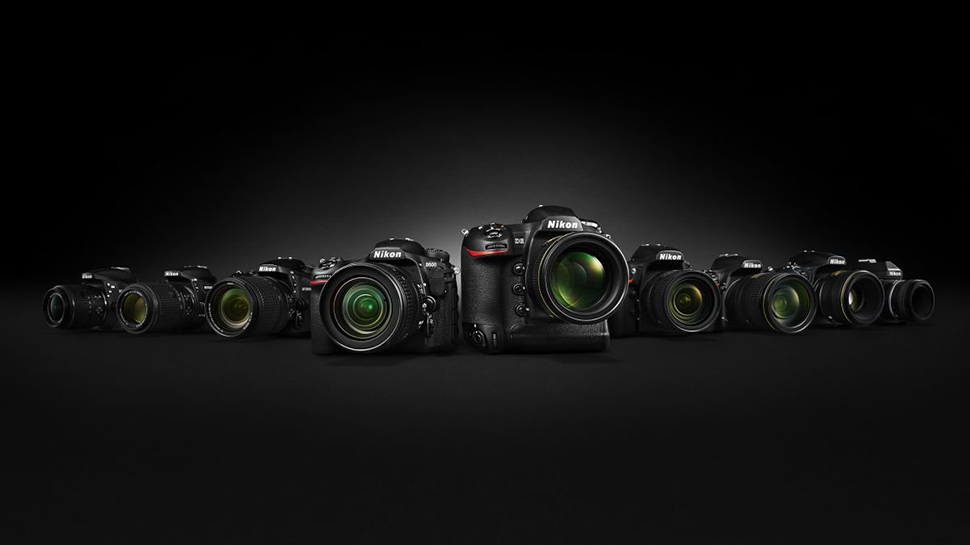
When you know what you want to shoot and you've worked out which lenses you demand, in that location is one more than hurdle – you demand to make sure you can become this lens in a version that fits your camera. In other words, y'all have to know about lens mounts and lens compatibility.
Every camera maker uses its own bespoke lens mount (with a couple of exceptions). Even here in that location may be complications, because camera makers oftentimes have more than i range of cameras, and these may have different mounts and sensor sizes to consider.
Things are simpler if you only ever buy lenses from your camera'south maker, simply in that location are lots of really adept independent lens makers out there now, including Tamron, Sigma, Samyang and Laowa, and if you desire to use ane of these lenses you have to brand sure first that it's available in a mount to fit your camera and, second, that you society the right one!
And then here'due south a run-down on the lens mounts and brands on the market correct now and the things y'all need to know virtually each one.
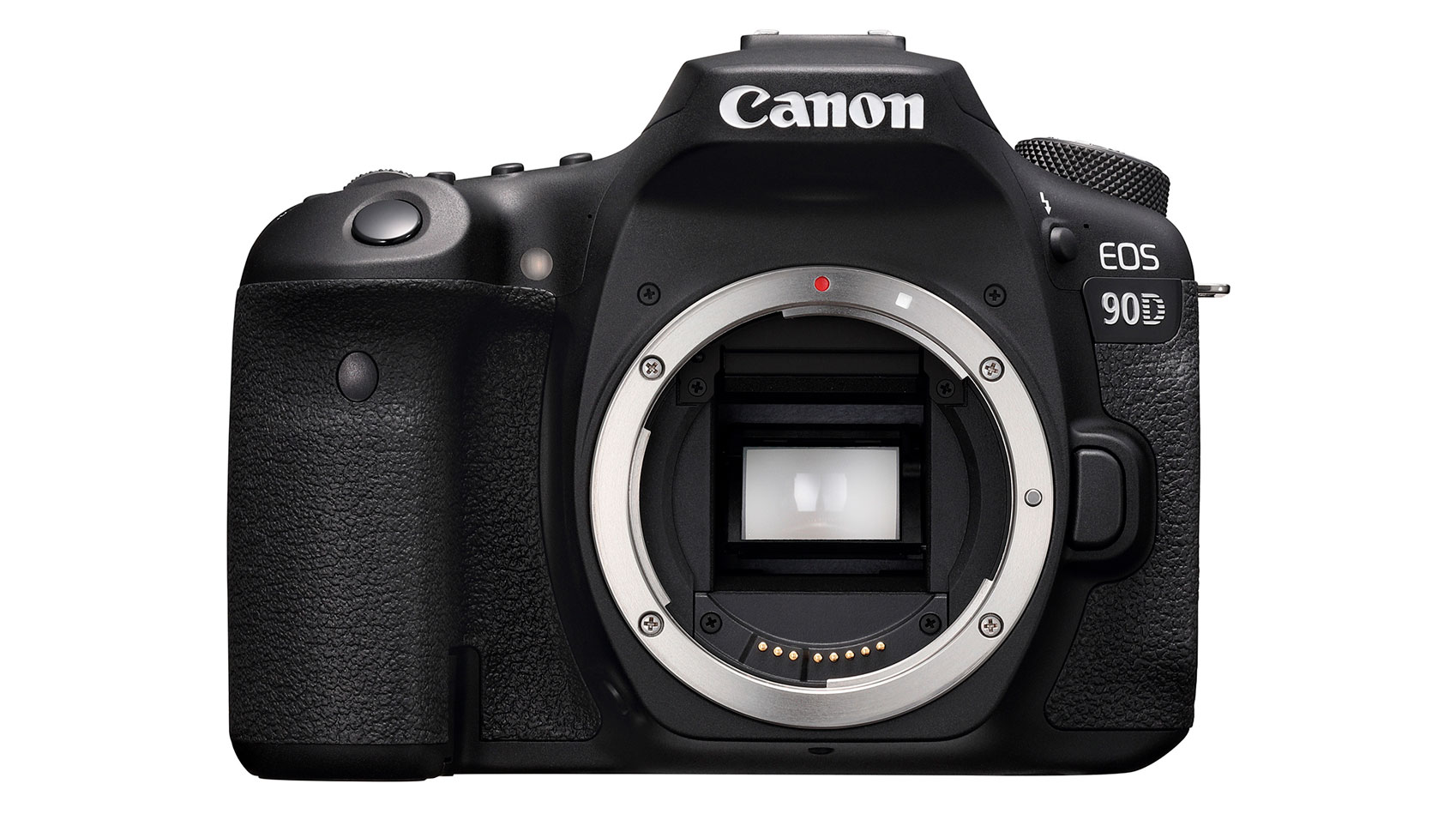
Canon lens mounts
Canon makes DSLRs and mirrorless cameras and they utilize different lens mounts. Canon full frame DSLRs utilise the Canon EF mountain, while the apprentice-orientated APS-C Canon DSLRs use the slightly dissimilar Catechism EF-Due south mountain. You can use full frame EF lenses on the smaller EF-S cameras, but non the other fashion round. EF-Due south lenses are designed solely for the smaller format cameras.
At that place's less crossover with the mirrorless Canons. The amateur-oriented Canon EOS Thou cameras use a Canon EF-Thousand mountain that's unlike to the Catechism RF mount used on Catechism'south EOS R full frame cameras. In that location'southward fiddling or no crossover here, though both cameras can apply Catechism DSLR lenses via an adapter.
• Best Catechism lenses (opens in new tab)
• Best Catechism RF lenses (opens in new tab)
• All-time Canon EF-1000 lenses (opens in new tab)
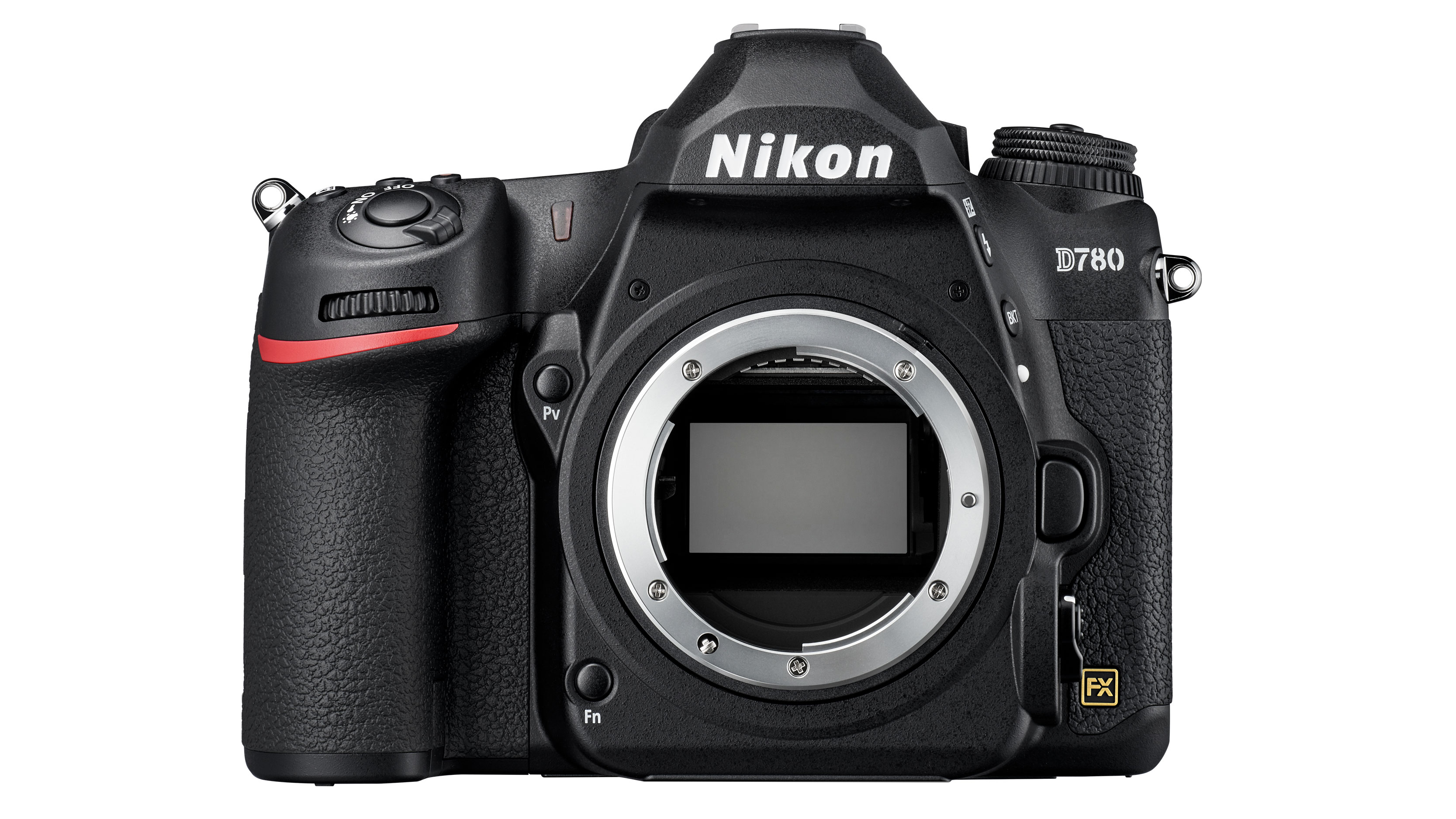
Nikon lens mounts
Like Canon, Nikon makes both DSLR and mirrorless cameras and in both APS-C and full frame sizes, though the state of affairs is a picayune less complicated. Nikon DSLRs use the well established Nikon F mountain and you can utilize the same lenses on both APS-C (DX format) Nikon cameras and full frame (FX format) models. The merely restriction is that smaller format DX lenses can simply be used in a lower resolution 'crop' mode on full frame Nikon DSLRs.
For its mirrorless cameras Nikon has introduced a new Nikon Z mount, only it'southward the same on both its APS-C format models (the Nikon Z50 (opens in new tab) and Nikon Z fc (opens in new tab)) and its two total frame mirrorless cameras (the Nikon Z5 (opens in new tab), Nikon Z6 Ii (opens in new tab) and Nikon Z7 2 (opens in new tab)). As with Nikon DSLRs, you can utilise the aforementioned lenses on both, but smaller format DX Nikon Z lenses will be in 'crop' mode on the full frame bodies. You can get a Nikon FTZ adapter to apply regular Nikon DSLR lenses on these cameras.
• Best Nikon lenses (opens in new tab)
• Best Nikon Z lenses (opens in new tab)
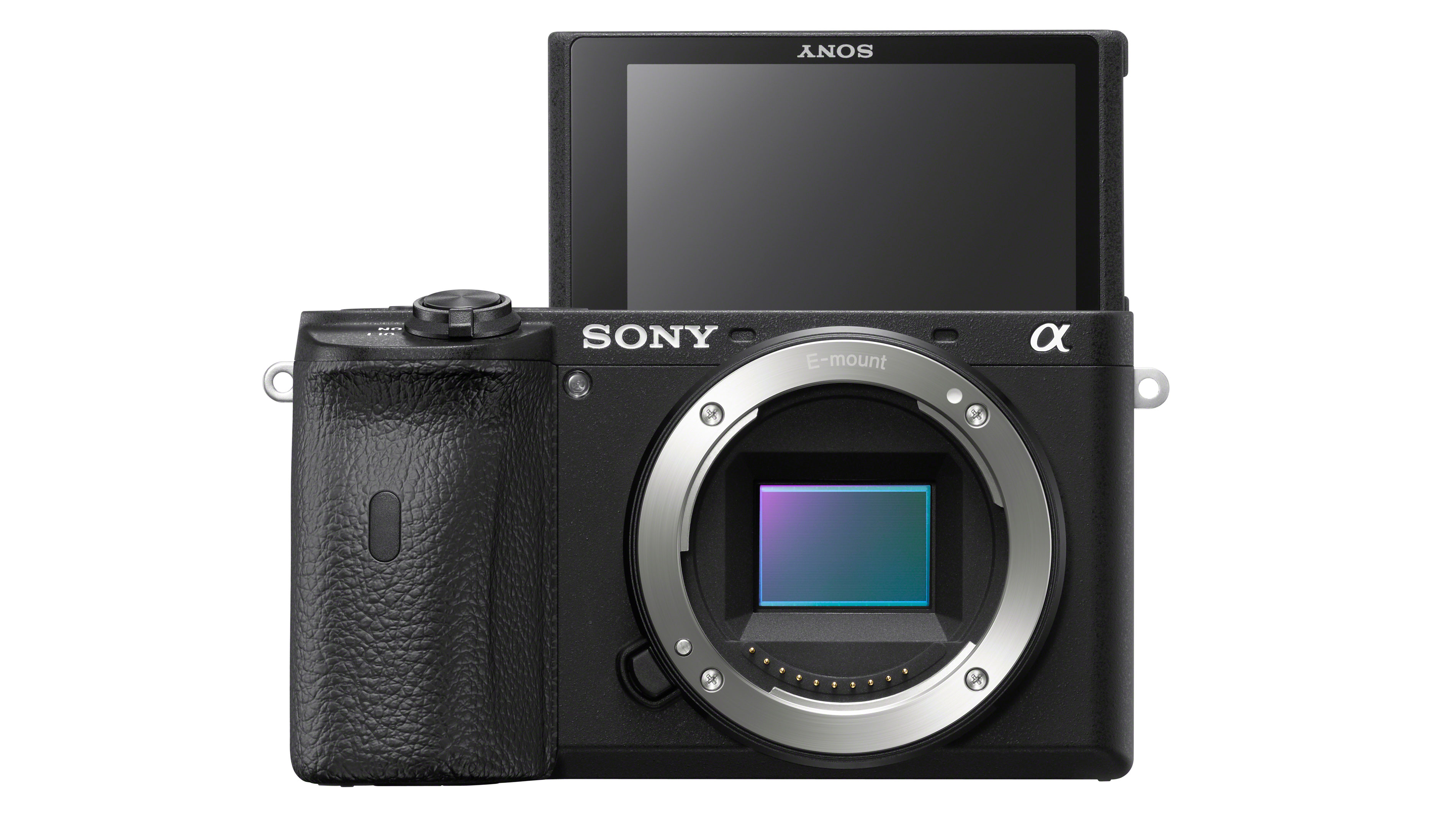
Sony lens mounts
Sony is in the same position as Canon and Nikon, but its DSLR cameras (actually, 'SLT' cameras) are now largely retired, so we'll focus on its mirrorless cameras at present.
Sony's mirrorless cameras split up into APS-C and full frame models. These apply a lens mount that's physically the same, only referred to as 'Due east-mount' on the APS-C cameras and 'Iron' on the full frame models. You can utilise the same lenses on both cameras, but E-mount lenses will be used in 'crop' manner when fitted to a full frame photographic camera.
• Best Sony lenses (opens in new tab)
• All-time lenses for Sony A6000 (opens in new tab) and family
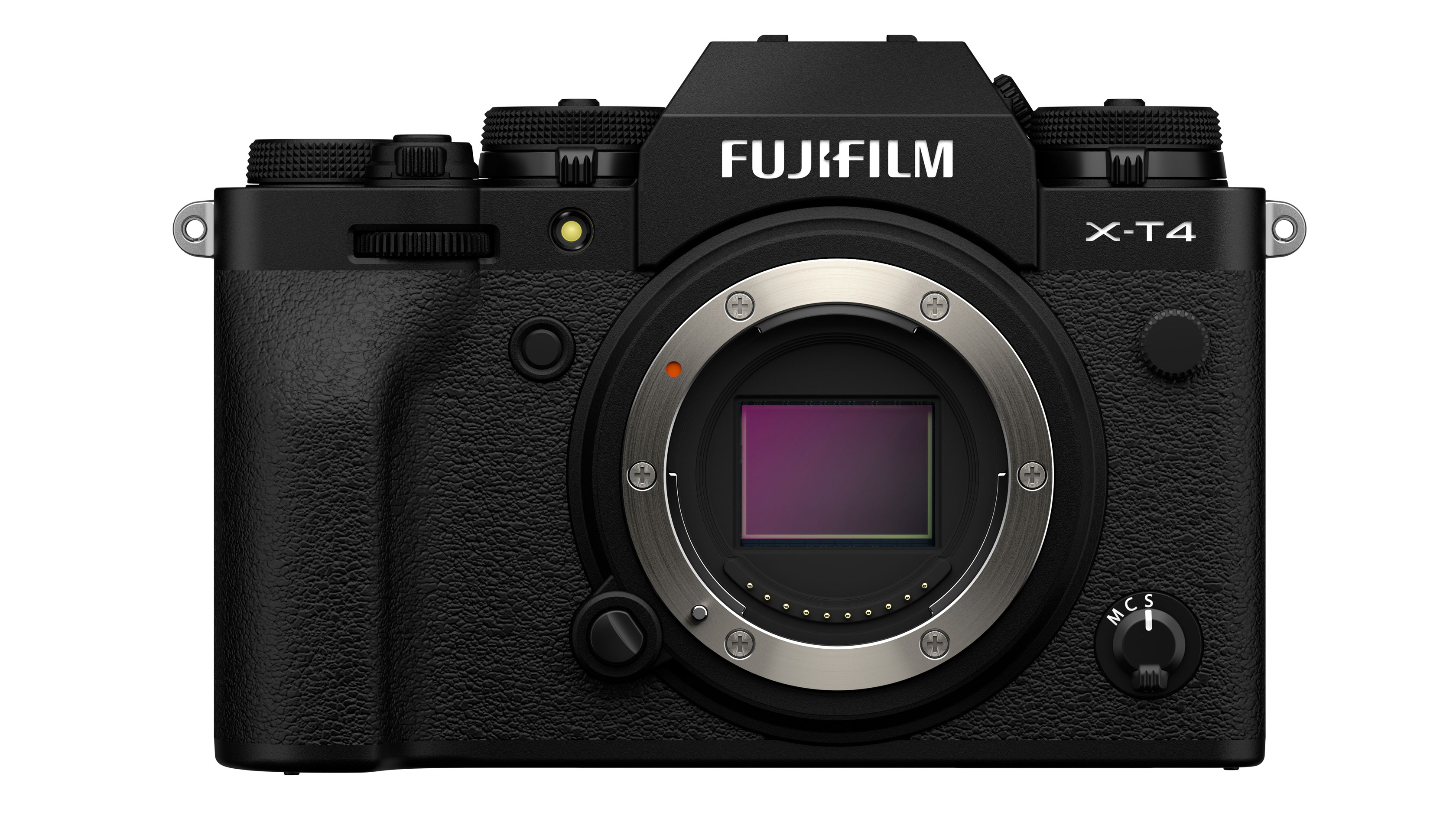
Fujifilm lens mounts
The Fujifilm camera system is a lot simpler. It makes mirrorless cameras but, not DSLRs, and its 10-mountain mirrorless cameras come up in only one size: APS-C. This ways all its X-mount lenses fit all its X-mountain cameras.
Fujfilm does also brand much larger medium format cameras. These are mirrorless as well just have their ain, larger lens range which uses the Fujifilm G-mount. In that location's no crossover between the X-mountain lenses and medium format lenses.
• Best Fujifilm X-mount lenses (opens in new tab)
• All-time Fujifilm GF lenses (opens in new tab)
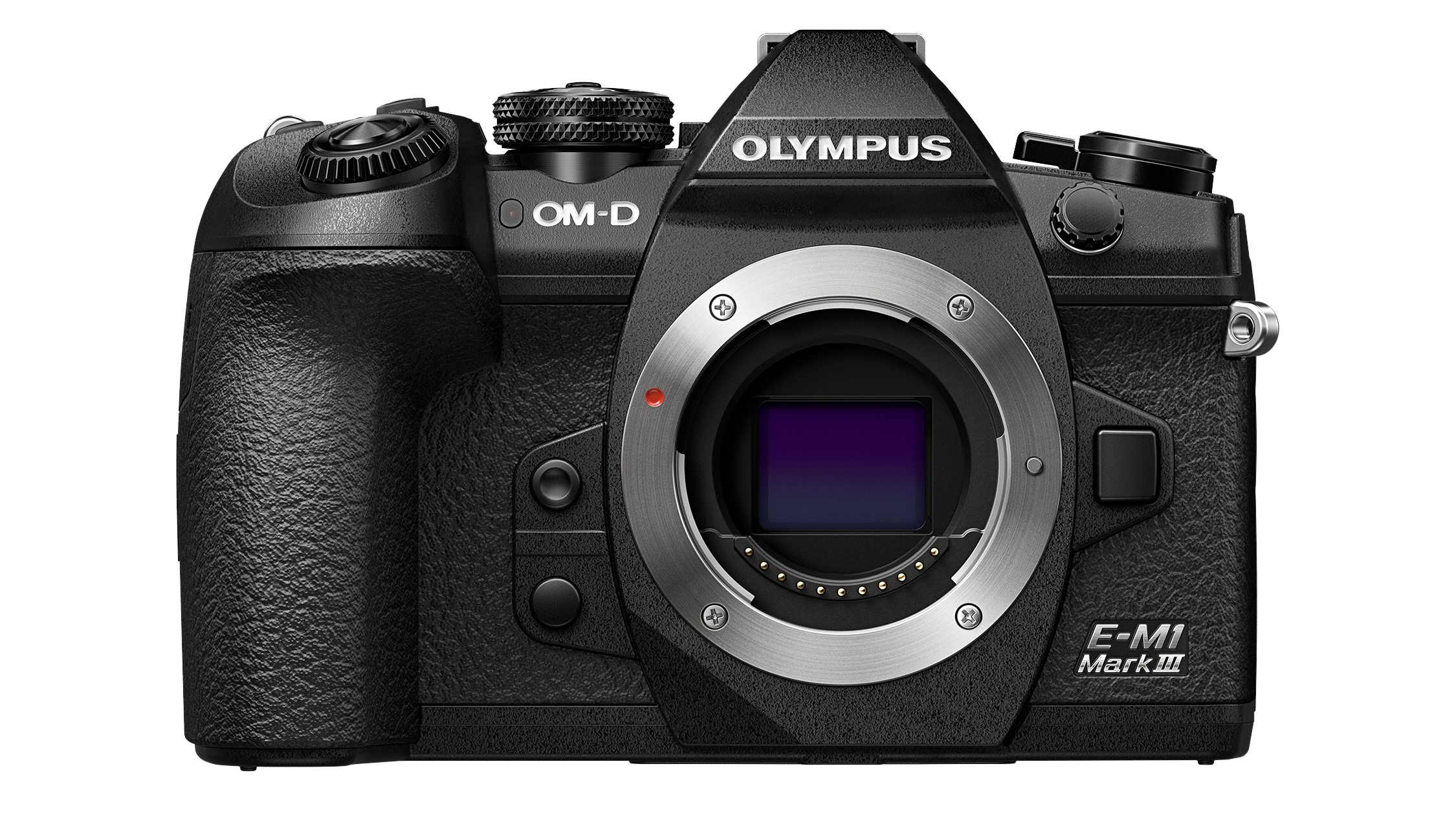
Olympus lens mount
Olympus cameras use a smaller Micro Four Thirds (MFT) sensor size and lens mountain beyond its range of interchangeable lens mirrorless cameras. All the Micro Four Thirds (MFT) lenses fit all the cameras. What's more, it's the same mount and system equally Panasonic G-series cameras, then you can use Panasonic MFT lenses on Olympus cameras and vice versa, albeit with some occasional autofocus or image stabilization limitations.
• Best Micro Four Thirds lenses (opens in new tab)
• All-time Olympus lenses (opens in new tab)
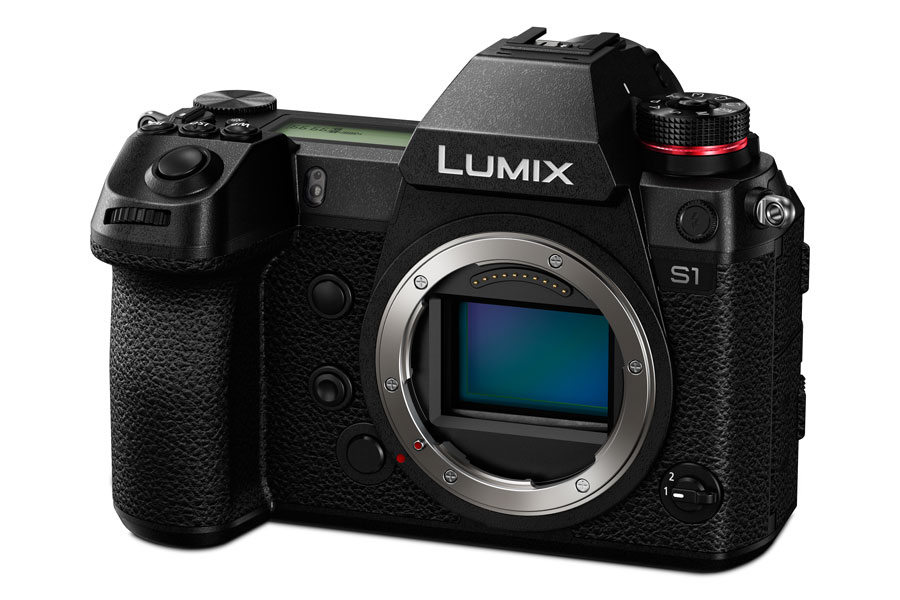
Panasonic lens mounts
Upward until recently, Panasonic exclusively used the same MFT organisation equally Olympus for its Lumix G mirrorless cameras. More recently, nevertheless, information technology has introduced a new Lumix S total frame mirrorless camera system which has adopted the Fifty-mount lens mount originally developed by Leica but now supported jointly by the L-mount Brotherhood (Panasonic, Leica, Sigma). Panasonic nevertheless makes its smaller Yard-serial cameras, but these and the new Lumix S cameras are at present two divide systems.
• Best Micro Four Thirds lenses (opens in new tab)
• All-time L-mount lenses (opens in new tab)
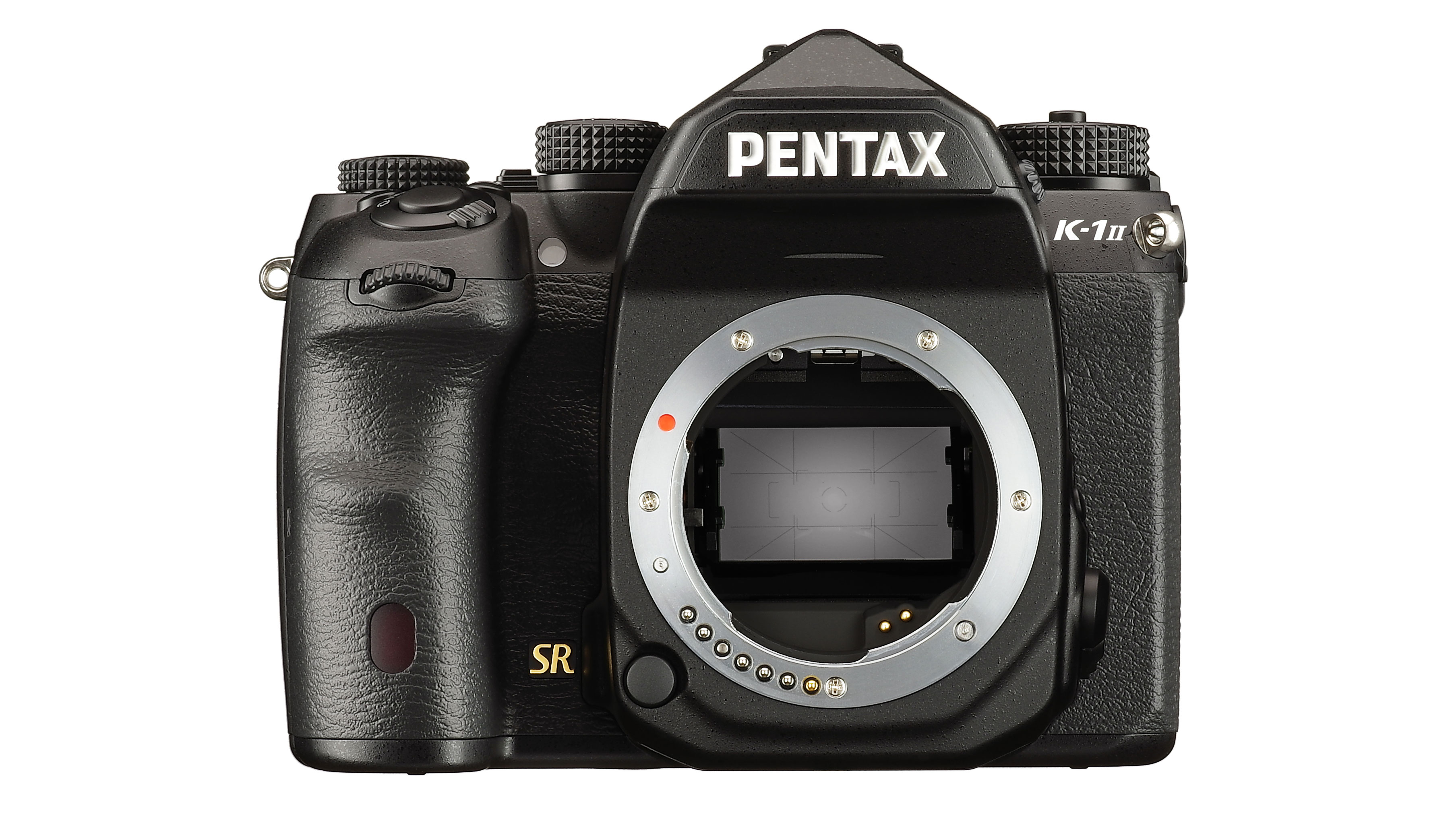
Pentax lens mounts
Pentax makes DSLRs with both APS-C and total frame sensors. These use a modern adaptation of Pentax's long-running Pentax G mount and while you can use the same lenses on both APS-C and full frame cameras, some are designed solely for the smaller APS-C format and are not really suitable for the full frame cameras.
Pentax also makes the 645Z medium format photographic camera. This has a larger Pentax 645-mount that's specific to this photographic camera.
• All-time Pentax lenses (opens in new tab)
What next?
Evidently there'south a lot to know about lenses, merely we hope our guide has been able to steer you successfully through all the dissimilar lens types available, what they do and which will suit the subjects you like to shoot.
Edifice a lens system is exciting considering it progressively unlocks your photographic camera'south capabilities and your own creative ideas. You don't have to buy every type of lens on our list, and you might find that two or three lenses are all y'all need. At the very least, though, we hope we've shown you what's possible, what'south available and where to go to find out more.
Happy shooting!
Source: https://www.digitalcameraworld.com/buying-guides/what-are-the-best-camera-lenses-to-buy
Posted by: dixonsularoat1955.blogspot.com

0 Response to "What Camera Lens To Buy"
Post a Comment